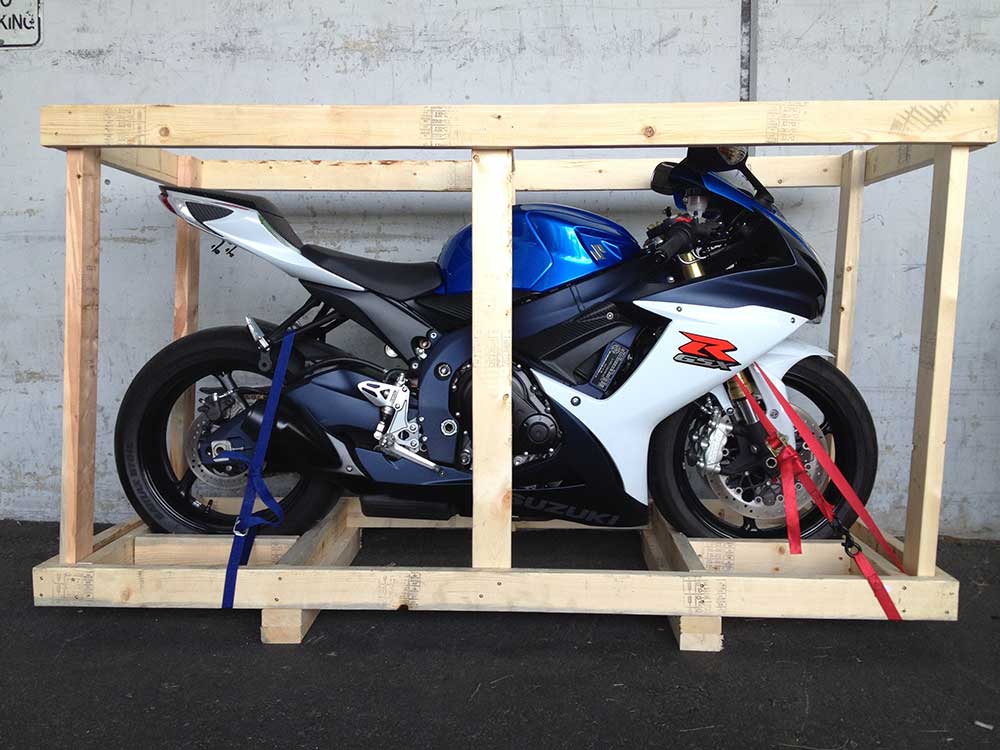The world of freight is always changing. Fuel prices and truck availability are just a couple of factors that constantly manipulate freight rates. Carriers are prohibiting more and more items that present too much liability than it is worth for them to handle. How does all this changing affect motorcycle shippers or individual shippers?
Price and policy fluctuations have changed things but have opened new avenues for benefit.
People used to be able to put bikes and even more fragile items on pallets and be fully ready to ship. After damage claims ratios soared on these types of commodities, trucking carriers have had to raise their standards for shipments or refuse some types of freight altogether. Some people take this as an insult to the business they have to offer to trucking companies, but in reality, the heightened standards have supported a better overall experience for shippers. Seriously, would you like your uncrated Harley Davidson getting all scratched up next to someone’s tool chest? Think about it.
Since carriers have revised what types of freight they accept without a crate, the rates have changed in a way that reflects this. Crated freight almost always receives a lower (better) freight class, which is a less-than-truckload (LTL) density measurement. For example, an engine block on a pallet receives class 85; whereas, a crated engine receives class 70. Another benefit of having a crate is that carriers are much more likely to insure it, as it is properly protected. Things like antiques and mirrors (and motorcycles) are typically no longer accepted by most LTL carriers without a crate, but you can find specialty carriers that have unique trailers designed for transporting motorbikes. It just costs more.
Since crating provides such protection and opportunity for discount, it warrants investigation into how shippers can obtain these fancy boxes for use. Motorcycle crates are sold online from various suppliers. Vendors usually have a few different size options, so choose the one that closest fits your motorbike. Many times, this type of crate can be disassembled after it has served its purpose. On the other hand, all regions except the most rural ones have local packers and crating services that will prepare the bike for shipping for a nominal fee. Better yet, some prefer to handle the task of preparing the crate themselves! If you intend on building one on your own, then keep the following pointers in mind:
-A crate is a plywood box with a forklift-ready bottom.
-There should be two slots at the bottom, making a “tongue” that a lifting device can easily access.
-A motorcycle should be strapped down inside the box, or the wheels should be prevented from moving.
-If the mirrors or any other part impedes the crate from sealing shut, remove them and place them elsewhere inside.

